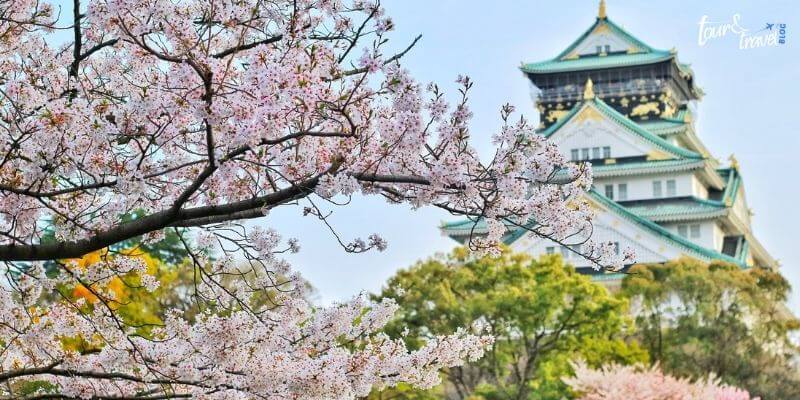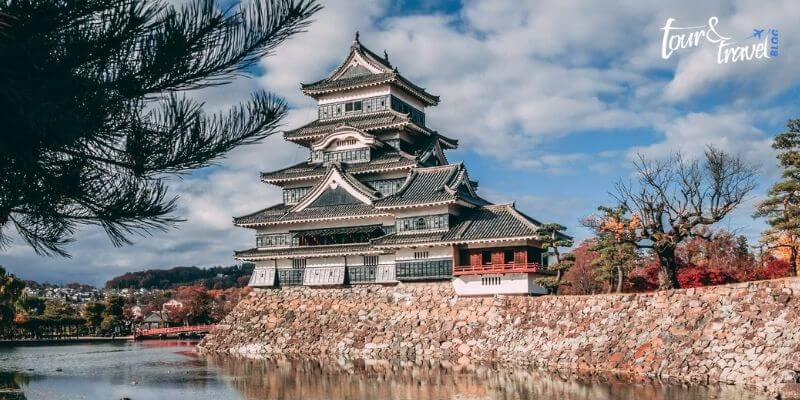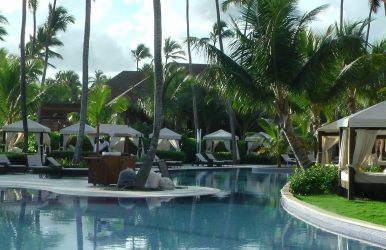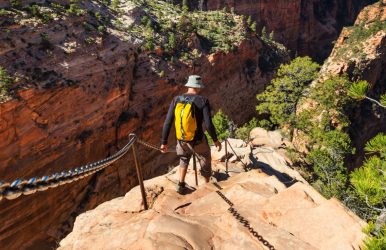The Top 10 Clothing Optional Resorts in 2024 in The World!
BY Ankita Dec 30, 2023
Step into a world where inhibitions are left at the door, and the freedom to embrace nature in all its glory takes center stage. In 2024, the allure of nude resorts beckons adventurous souls seeking an extraordinary escape. This curated list has the top 10 clothing-optional nude resorts across the globe, promising an unforgettable blend of relaxation, adventure, and camaraderie. From the sun-kissed shores of Mexico's Hidden Beach Resort to the vibrant atmosphere of Jamaica's Hedonism II, each destination on this list offers a unique twist on the traditional vacation. Whether you're a seasoned nudist or a curious explorer, join me as I delve into the liberating world of the best nude resorts, where the only dress code is the freedom to be yourself. Let the journey to self-discovery and ultimate freedom begin! Top 10 Nude Resorts in 2024 Around The World! Ah, the allure of basking in the sun, feeling the warm breeze against your skin, with the freedom to shed the confines of clothing. Clothing-optional resorts provide the perfect escape for those seeking a liberating vacation experience. In 2024, the world boasts a plethora of options for those who dare to bare. So, let's dive into the top 10 clothing-optional nude resorts across the globe, embracing the carefree spirit of nude travel. 1. Hidden Beach Resort - Riviera Maya, Mexico Nestled along the pristine beaches of the Riviera Maya, Hidden Beach Resort offers a secluded paradise for nudists. With an intimate atmosphere and luxurious accommodations, this resort provides an ideal escape for couples seeking a clothing-optional retreat. Explore the nearby ancient Mayan ruins during the day, and at night, indulge in the gourmet dining options available on-site. The cost per night ranges from $400 to $600, making it a premium yet worthwhile experience. 2. Desire Riviera Maya Resort - Puerto Morelos, Mexico For a more adventurous experience, Desire Riviera Maya Resort caters to couples looking to spice up their vacation. This adults-only resort features a clothing-optional beach and an open-minded atmosphere, creating an unforgettable and sensual escape. Explore the vibrant coral reefs just offshore or take a short trip to the nearby town of Puerto Morelos for a taste of local culture. The cost per night starts at $350, offering a tantalizing blend of luxury and excitement. 3. Hedonism II - Negril, Jamaica Known for its lively and vibrant atmosphere, Hedonism II in Negril, Jamaica, is a legendary destination for those embracing the naturist lifestyle. The resort hosts themed parties, offers a nude beach, one of the best nude beaches in the world, and encourages guests to let loose and enjoy the uninhibited ambiance. Visit the famous Seven Mile Beach or explore the Negril Cliffs during the day, and return to the resort for nightly entertainment. The cost per night ranges from $250 to $400, providing an affordable yet unforgettable escape. 4. Cypress Cove Nudist Resort - Kissimmee, Florida, USA Venture into the heart of Florida and discover Cypress Cove Nudist Resort, a family-friendly haven for nudists. With a laid-back vibe, this resort offers a range of activities, from nude yoga to naked volleyball, ensuring a wholesome and liberating experience. Visit the nearby Walt Disney World or explore the Kennedy Space Center during the day. The cost per night starts at $180, making it an accessible option for nudist families. 5. Caliente Club & Resorts - Land O' Lakes, Florida, USA Florida continues to be a hotspot for clothing-optional resorts, and Caliente Club & Resorts is no exception. This luxurious retreat caters to a diverse crowd, providing a mix of relaxation and excitement with its pools, bars, and themed events. Explore the cultural scene in Tampa Bay during the day or take a short drive to the pristine beaches of the Gulf Coast. The cost per night starts at $250, offering a blend of sophistication and entertainment. 6. Cap d'Agde Naturist Village - Cap d'Agde, France Cap d'Agde Naturist Village in France is a must-visit for the European naturist enthusiast. This sprawling village offers a complete naturist experience, with nude beaches, shops, and even a nude city center. It's a haven where clothing is truly optional in every aspect of daily life. Explore the historic city of Montpellier during the day and return to the village for a vibrant nightlife. The cost per night ranges from $150 to $300, making it a reasonable choice for those seeking a unique European adventure. 7. Terra Cotta Inn - Palm Springs, California, USA Escape to the desert oasis of Palm Springs and indulge in the tranquil surroundings of Terra Cotta Inn. This nudist-friendly resort offers a relaxed environment with beautiful mountain views, making it an ideal destination for those seeking a serene, clothing-optional getaway. Explore the nearby Joshua Tree National Park during the day or take a stroll through the vibrant downtown area. The cost per night starts at $150, offering a budget-friendly option in a picturesque setting. 8. Orient Beach - Saint Martin While not a traditional resort, Orient Beach in Saint Martin deserves a spot on this list. Known for its white sandy beaches and crystal-clear waters, Orient Beach features designated nude areas, allowing visitors to enjoy the freedom of a clothing-optional beach day. Explore the eclectic markets of Marigot or indulge in the vibrant nightlife on the Dutch side of the island. Accommodations in the nearby resorts vary, with prices starting from $100 per night, providing an affordable beachfront option. 9. The Natural Curacao - Willemstad, Curacao Embrace the laid-back Caribbean vibe at The Natural Curacao. This resort, located on the beautiful island of Curacao, offers an intimate and authentic naturist experience. Enjoy the freedom of swimming, sunbathing, and socializing without the constraints of clothing. Explore the vibrant Willemstad during the day, known for its colorful architecture and rich history. The cost per night ranges from $120 to $200, offering a mid-range option in a tropical paradise. 10. Sunland Holiday Village - South Australia Venture down under to Sunland Holiday Village in South Australia. Surrounded by native bushland, this nudist retreat provides a peaceful escape for those seeking a connection with nature. Explore the hiking trails, take a dip in the pool, or simply unwind in this serene, clothing-optional haven. Discover the nearby wineries of the Barossa Valley or visit the picturesque beaches along the Southern Ocean. The cost per night starts at $100, making it an affordable choice for nature-loving nudists. Choosing Your Nude Adventure Whether you're a seasoned nudist or a curious first-timer, these top 10 clothing-optional resorts cater to various preferences and comfort levels. From the lively atmosphere of Hedonism II to the serene landscapes of Sunland Holiday Village, each destination offers a unique blend of relaxation, freedom, and camaraderie. As you embark on your clothing-optional adventure, remember to embrace the liberating spirit of these resorts. Shedding your inhibitions along with your clothes, you'll find a community of like-minded individuals and a world of unforgettable experiences. So, pack light, leave your worries behind, and embark on a journey of self-discovery and ultimate freedom at the top nude resorts of 2024. Read Also: A Detailed Guide On Malaysia Bay – From Traveling To Outing Top 7 Places To Visit For An Asian Solo Traveler Planning A Vacation To Bali? Read This Blog!















